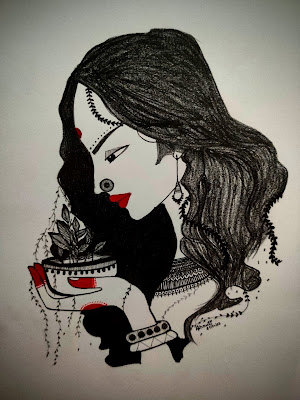The Dashavatara refers to the ten primary (i.e. full or complete) incarnations (avatars) of Vishnu, the Hindu god of preservation which has Rigvedic origins. Vishnu is said to descend in the form of an avatar to restore cosmic order. The word Dashavatara derives from daśa, meaning 'ten', and avatar (avatāra), roughly equivalent to 'incarnation'. The list of included avatars varies across sects and regions, particularly in respect to the inclusion of Balarama (brother of Krishna) or Gautama Buddha. Though no list can be uncontroversially presented as standard, the "most accepted list found in Puranas and other texts is Krishna, Buddha. Most draw from the following set of figures, in this order : Matsya , Kurma , Varaha , Narasimha , Vamana , Parashurama , Rama , Krishna or Balarama , Buddha or Krishna and Kalki. In traditions that omit Krishna, often replaces Vishnu as the source of all avatars. Some traditions include a regional deity such as Vithoba or Jaganna...























